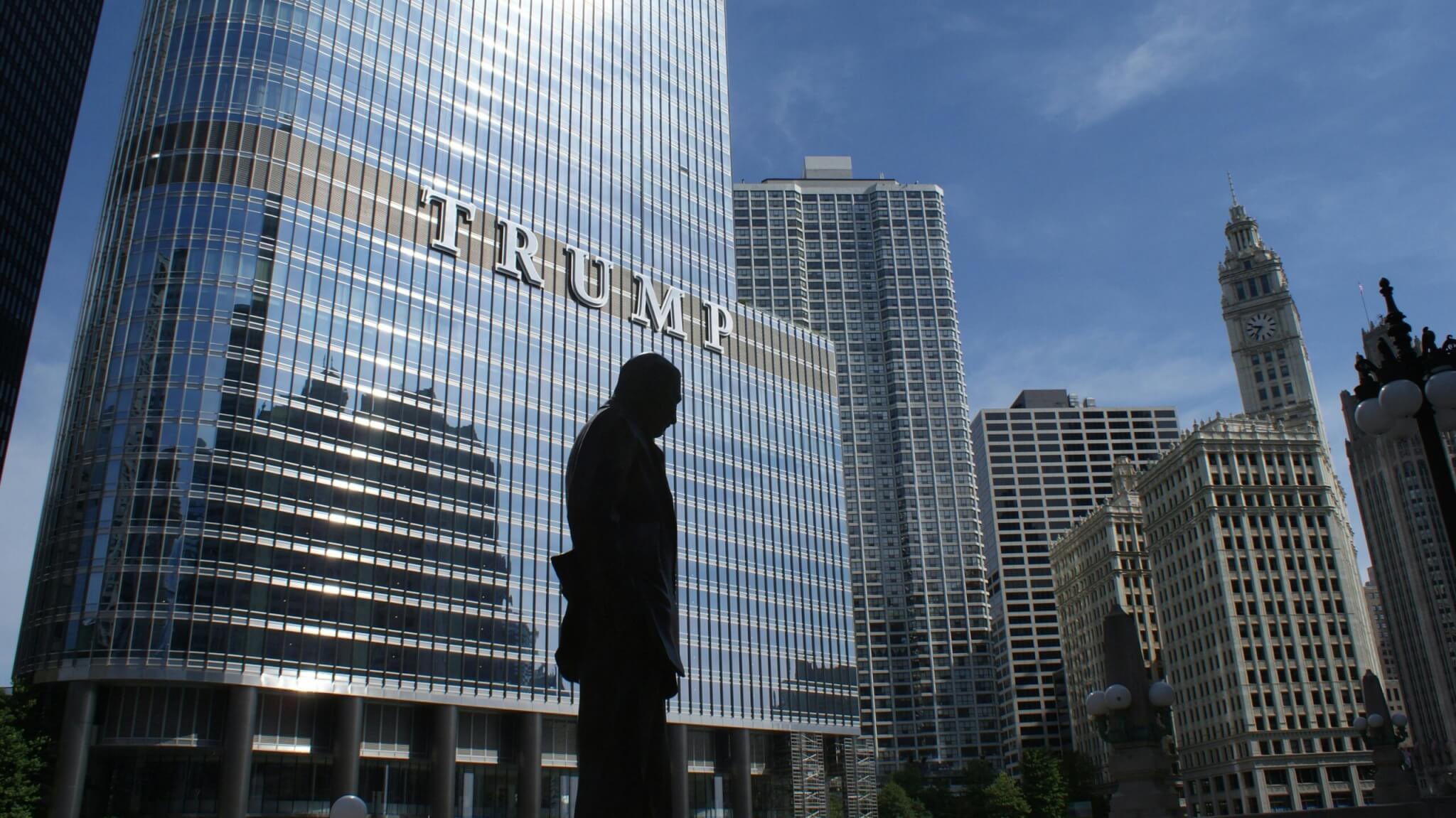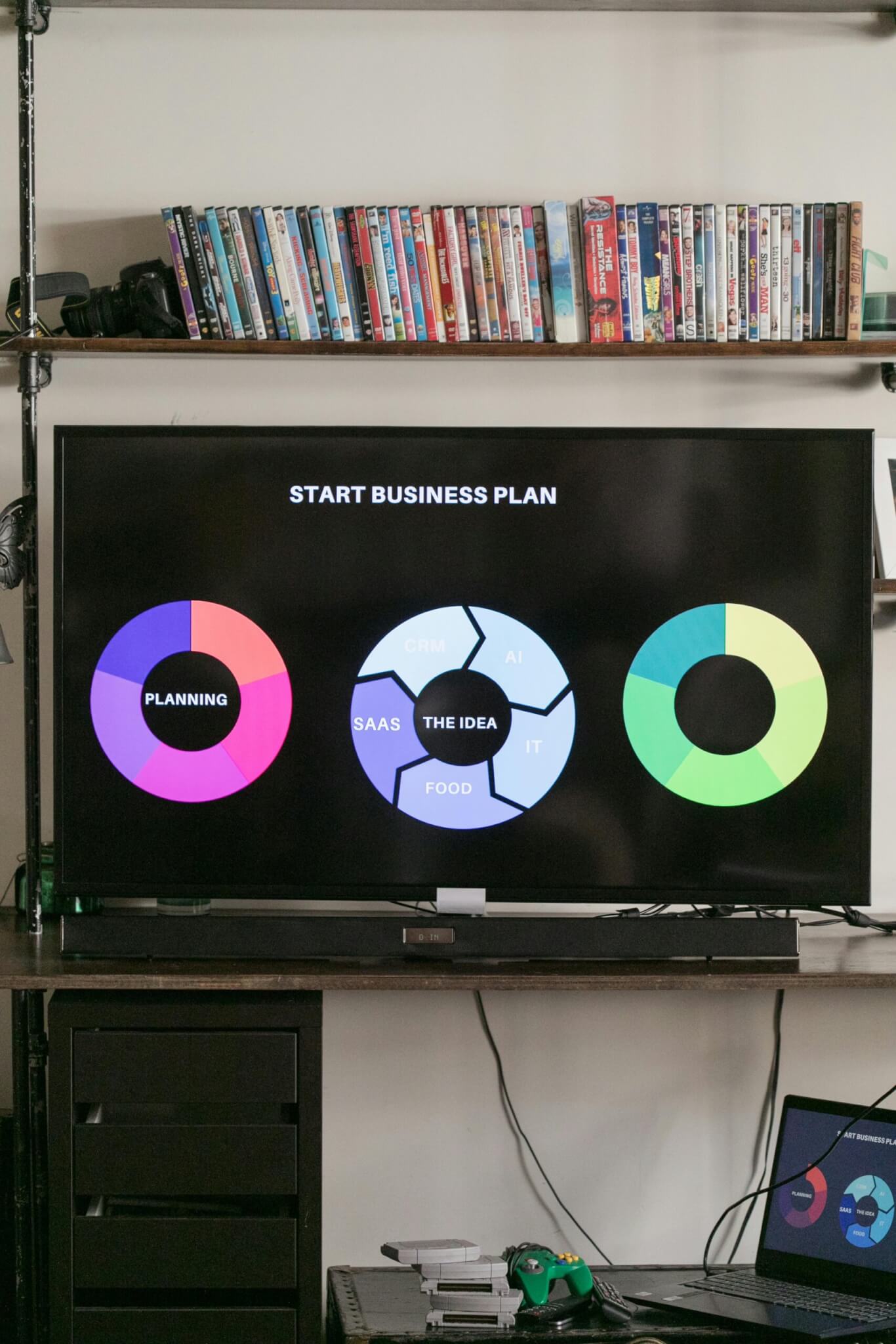Jun 18, 2025
5 min read
What Is a Personal Guarantee for a Business Loan?
A personal guarantee is a legally binding promise made by a...
Read story

President Donald Trump’s sweeping new tariff plan is already sending shockwaves through the business world. Starting with a 10% baseline tariff on nearly all imports—and even higher rates on key trading partners like China (34%), South Korea (25%), and Vietnam (46%)—the policy is being positioned as a move to protect U.S. industries and bolster national security. But for business owners, it raises critical questions about costs, strategy, and long-term viability.
While the political debate rages on, the economic consequences are starting to crystallize. JPMorgan Chase CEO Jamie Dimon has warned that the tariffs “will slow down growth,” and many economists predict inflation, supply chain disruptions, and weakened consumer demand. In fact, Goldman Sachs has already revised its U.S. growth forecast downward, while estimates suggest the average American household could pay $3,800 more per year due to rising costs.
For entrepreneurs and established businesses alike, this moment demands more than just awareness—it requires action. In this article, we’ll break down seven key ways Trump’s tariff plan could affect your business and how you can start preparing now.
For business owners that rely on overseas suppliers, the new tariffs represent a real and immediate cost increase. Whether it’s raw materials from China, parts from Vietnam, or packaging from South Korea, businesses importing goods from these regions will likely see prices rise across their supply chain.
This increase won’t just affect specialty products—it could touch everyday essentials like packaging, electronics, machinery, and textiles. And unlike larger corporations, smaller businesses often don’t have the volume or leverage to negotiate better pricing or absorb these new expenses without adjusting their bottom line.
Former Treasury Secretary Larry Summers called the tariffs “the most expensive and masochistic” policy in decades, warning that they could wipe out $30 trillion in long-term economic value—equivalent to $300,000 per American family of four. For small and mid-sized businesses already contending with tight margins and inflationary pressure, that kind of economic drag could amplify operational risk in the months ahead.
Beyond escalating costs, the newly imposed tariffs introduce significant instability into global supply chains. Businesses that rely on imports from countries like China, Vietnam, and South Korea may experience delays, inventory shortages, and the urgent need to identify alternative suppliers.
A case in point is Pacific Valley Foods, a family-owned exporter based in Bellevue, Washington. The company has witnessed a 70% revenue decline since 2019, primarily due to tariffs and supply chain disruptions. The loss of major customers in China, coupled with economic challenges in key markets such as Japan, Mexico, and the Middle East, has severely impacted their operations. Co-owner John Hannah expressed concerns about the company’s future amid ongoing trade tensions.
These challenges underscore the broader risks that supply chain disruptions pose to businesses of all sizes. Diversifying suppliers and exploring domestic alternatives can be complex and resource-intensive endeavors, particularly for small and mid-sized enterprises. The current trade environment necessitates proactive strategies to mitigate these risks and maintain operational resilience.
In response to increased tariffs on imports, some business owners may consider shifting to domestic suppliers to mitigate rising costs. However, this transition presents several challenges:
While supporting domestic industries is a commendable goal, the immediate practicalities involve navigating a complex landscape of capacity limitations, higher costs, and supply chain adjustments. Businesses must carefully weigh these factors when considering a shift to domestic sourcing.
The implementation of new tariffs is projected to have a significant impact on inflation, affecting both consumers and businesses. Economists anticipate that these tariffs will raise consumer prices by approximately 2.3% in 2025, leading to an average annual increase of $3,800 in expenses for U.S. households.
For business owners, this inflationary trend translates into higher costs across various operational areas, including raw materials, packaging, transportation, utilities, and services that depend on imported equipment or labor. Such widespread cost increases can erode profit margins and necessitate strategic adjustments to maintain financial stability.
Additionally, as suppliers adjust their pricing to accommodate the increased import fees, downstream businesses may face further financial strain. This cascading effect can limit flexibility in critical areas such as staffing, marketing, and expansion plans.
In summary, the inflationary pressures induced by the new tariffs present tangible challenges for business operations, requiring proactive strategies to mitigate their impact.
The implementation of new tariffs is expected to have a significant impact on consumer spending habits, which could, in turn, affect businesses across various sectors. As the cost of imported goods rises due to tariffs, consumers may face higher prices on everyday items, leading to adjustments in their purchasing behaviors.
According to a report by The New York Post, the increased cost of imported goods is anticipated to curb impulsive spending among Americans, potentially leading to reduced household clutter as consumers become more selective in their purchases.
Furthermore, a study highlighted by Simon-Kucher & Partners indicates that consumers are adjusting their spending patterns in response to tariff-induced price increases, with many seeking more affordable alternatives or delaying non-essential purchases.
For businesses, these shifts in consumer behavior necessitate a reassessment of pricing strategies and value propositions. Understanding the elasticity of demand for your products or services becomes crucial, as price-sensitive customers may reduce spending or seek substitutes. Additionally, sectors heavily reliant on discretionary spending, such as dining, entertainment, and luxury goods, may experience more pronounced effects.
In light of these developments, businesses should consider strategies to maintain customer loyalty and mitigate the impact of reduced consumer spending. This could include offering promotions, emphasizing value, and diversifying product lines to cater to changing consumer preferences.
The recent implementation of tariffs necessitates a strategic reassessment for business owners. Key areas to evaluate include supplier diversification, pricing models, and customer engagement strategies are as follows:
According to the National Federation of Independent Business (NFIB), small business optimism has been affected by recent policy changes, including tariffs. The NFIB Small Business Optimism Index fell to a four-month low in February, dropping 2.1 points to 100.7, with uncertainty cited as a contributing factor.
In light of these developments, proactively revisiting and adjusting your market strategy is crucial to navigate the challenges posed by the current trade environment.
While much of the conversation around tariffs focuses on risk, there are potential upsides for businesses that can pivot quickly. For some domestic producers, these policies could reduce competition from lower-cost foreign imports and create opportunities to capture new market share.
Manufacturers that have retained U.S.-based production facilities may find their products suddenly more competitive, especially in industries like food production, textiles, or consumer goods where pricing parity with imports has been historically difficult. For example, businesses offering U.S.-made aluminum cans, steel, or packaging materials may see an uptick in demand as importers scramble to reduce exposure to steep duties.
However, capitalizing on these shifts requires readiness. Businesses with agile supply chains, healthy inventory levels, and flexible pricing models are best positioned to take advantage of the new landscape. Those that can market their products as “Made in the USA” or emphasize insulation from global trade volatility may also find receptive customers—especially in B2B segments looking for more reliable domestic partners.
As Forbes notes, some companies stand to benefit from the tariffs, “provided they can scale quickly, communicate value clearly, and ensure their production can meet new demand without delays.”
The bottom line: while tariffs pose real risks, they also represent a moment of strategic realignment. Businesses that act with clarity and speed may not just survive the shift—they may lead the next wave of domestic growth.

Jun 18, 2025
5 min read
A personal guarantee is a legally binding promise made by a...
Read story

Jun 12, 2025
3 min read
Running a business means understanding your numbers. One of the most...
Read story

Jun 09, 2025
5 min read
Starting a business requires careful planning, and one of the most...
Read story

A funding specialist will get back to you soon.
If you can’t hang on then give us a call at (844) 284-2725 or complete your working capital application here.